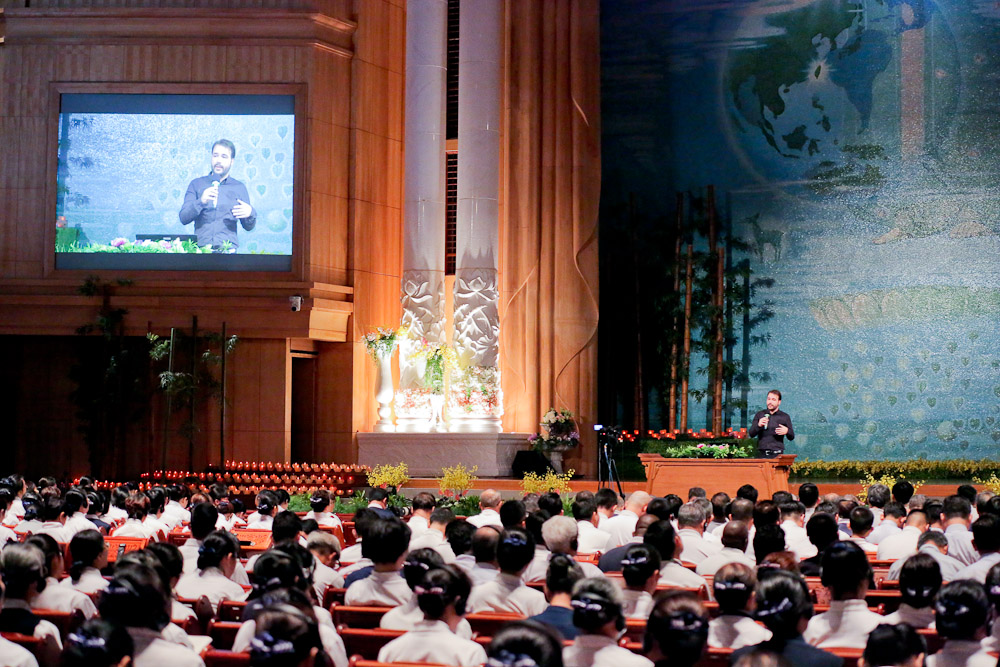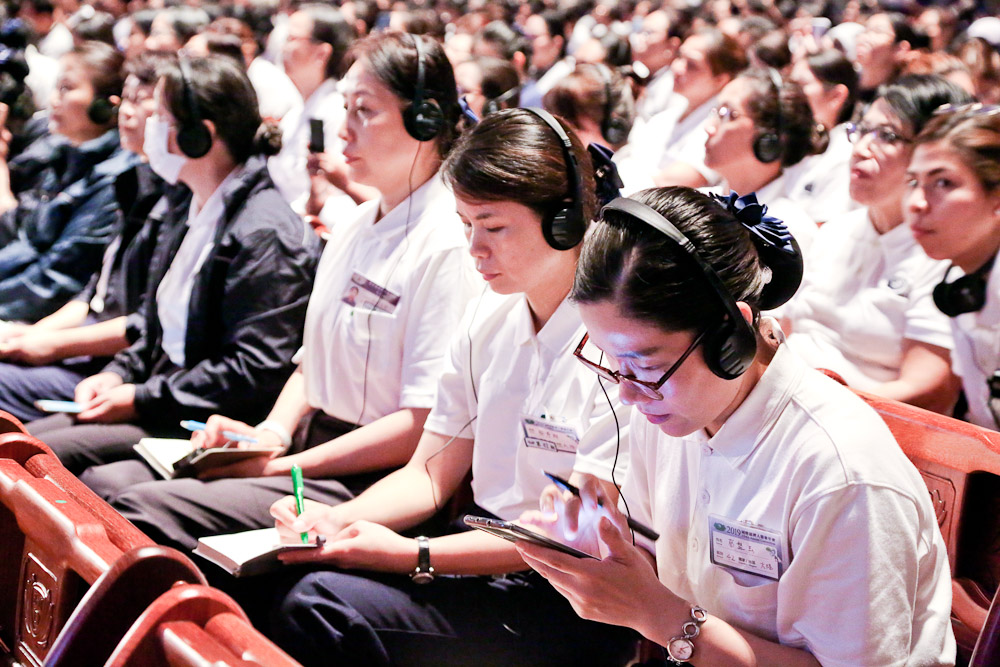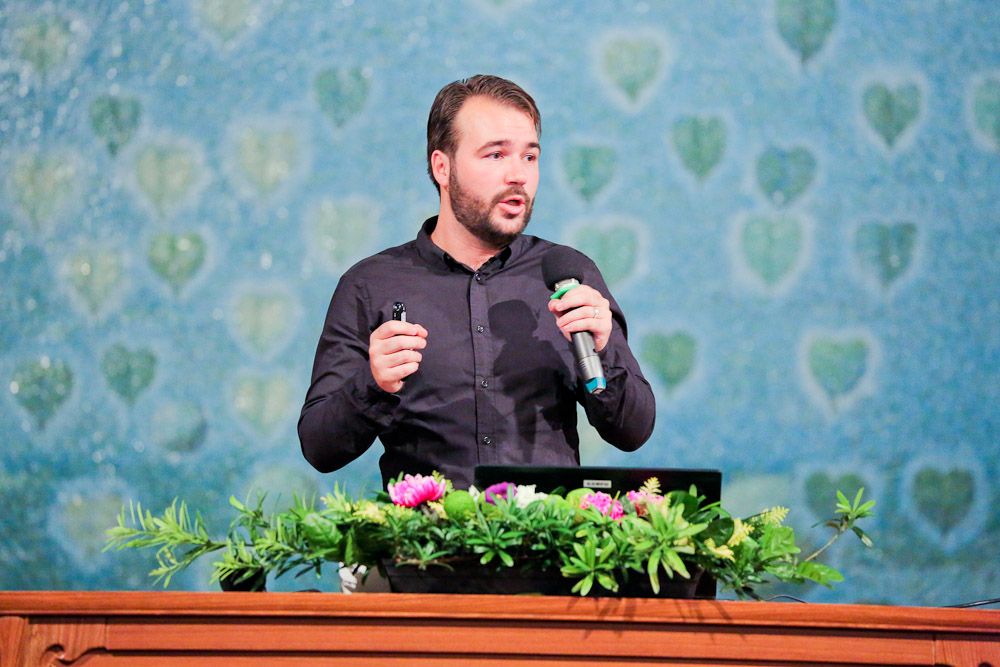Written by Jennifer Ho
Homecare in the Netherlands is provided to the chronically ill, people with dementia and individuals in need of end-of-life care following their discharge from hospital.
The speaker, Mr. Thijs de Blok, senior advisor of Buurtzorg Netherlands/Asia & Co-director of Buurtzorg Services Japan, said, the Home Care in the Netherlands was, however, facing many issues by 2006, such as:
Become fragmented
Lower quality/ higher costs and surprisingly inefficient.
Clients confronted with many caregivers
Professionals were very unhappy
Therefore, Jos de Blok, a frustrated nurse and a small team of professional nurses founded “Buurtzorg Netherlands” in 2006. Starting 2007, Buurtzorg started an organization and care delivery model for community care, which consists of three components:
Independent teams up to 12 nurses providing both medical and supportive home care services.
Working in a neighborhood of 5,000~10,000 people.
Teams responsible for the organization and the complete process. An IT system relieving nurses of administrative tasks and allowing teams to self-monitor their performance.
Mr. Thijs de Blok showed a graph of “ONION MODEL” on his slide. The model has the “self-management client” as its core, then “Informal networks” next to the core, then “Buurtzorg team” as the third layer, lastly, the “formal networks” is an outer lane. The model shows the relationship between each one, and the importance of each relationship.
Over the years, Buurtzorg has achieved success in many aspects: Patient satisfaction rated 9; Employee satisfaction rated 9; 5 times best employer of the year; 1,200 new colleagues a year and the overhead costs of 8% compared to the national (Netherlands) average 25%. This is not only a cost effectiveness for the organization to become more financially sustainable, but also a costs benefit for the care and innovation.
As a senior advisor for Buurtzorg, Mr. Thijs de Blok has provided guidance and help for affiliated organizations in the APAC region. Before wrapping up his speech, he strongly recommended three books to read for the conference attendants. These books are: Reinventing Organizations, Organizational Innovation by Integrating Simplification and Self-management.


